Back to Courses


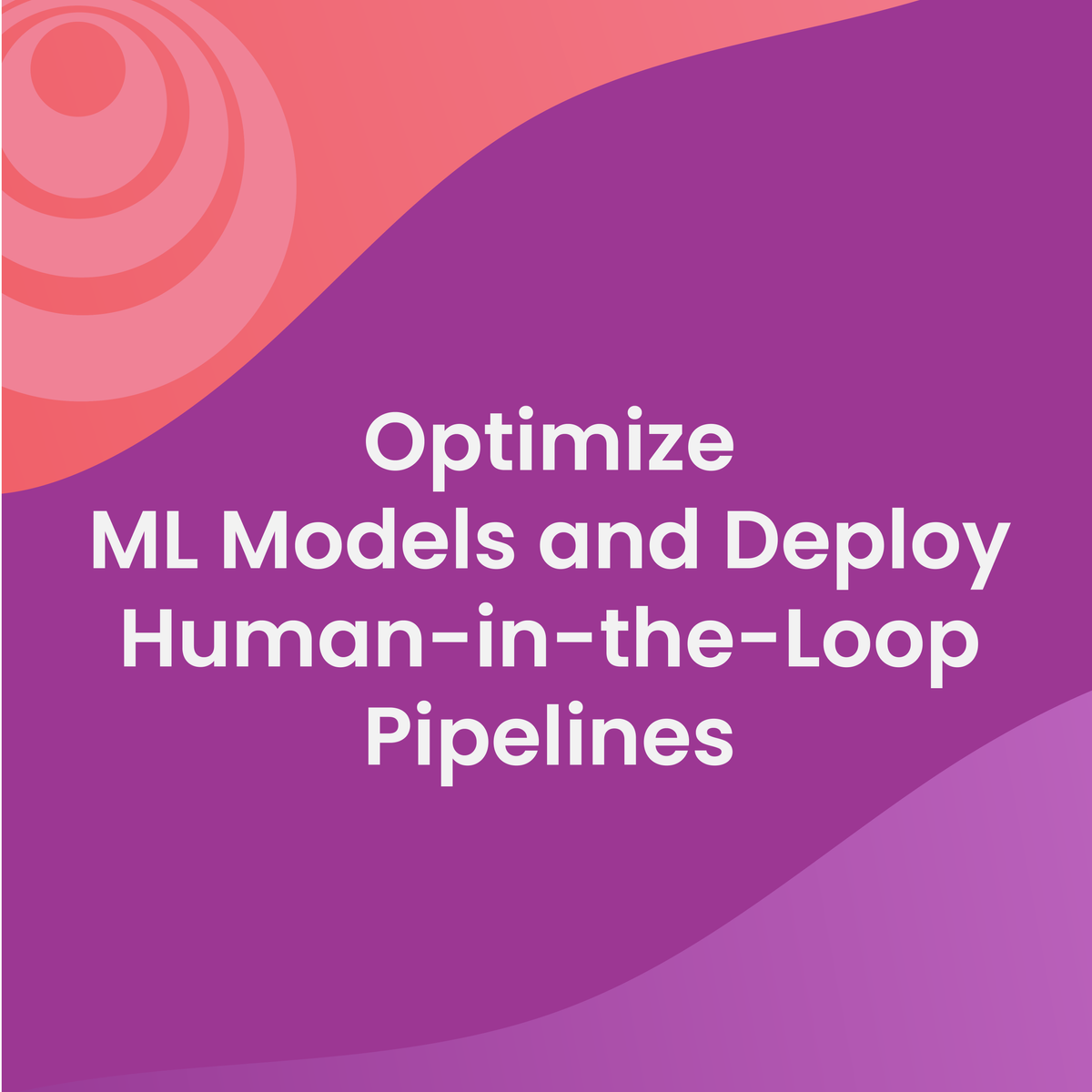
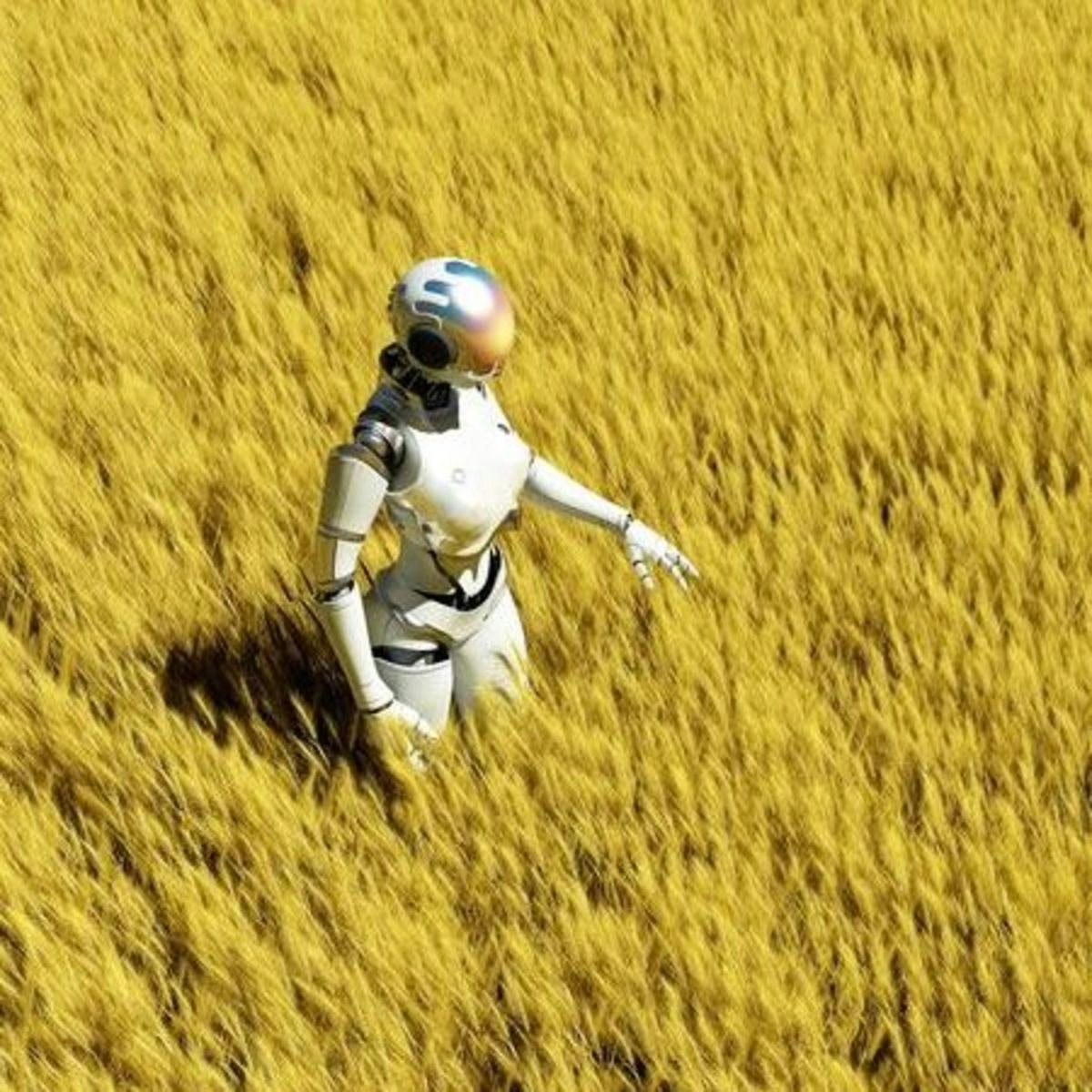

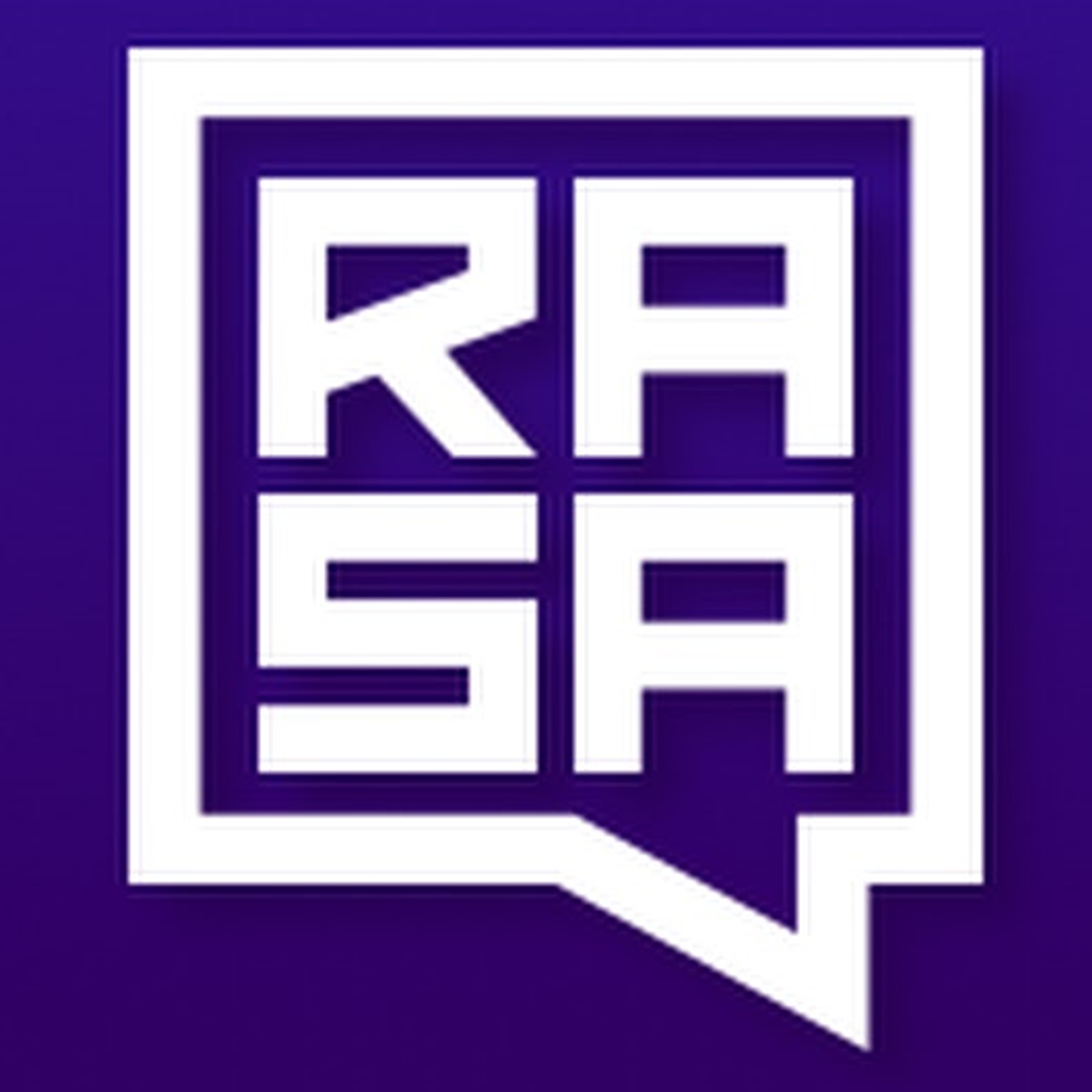

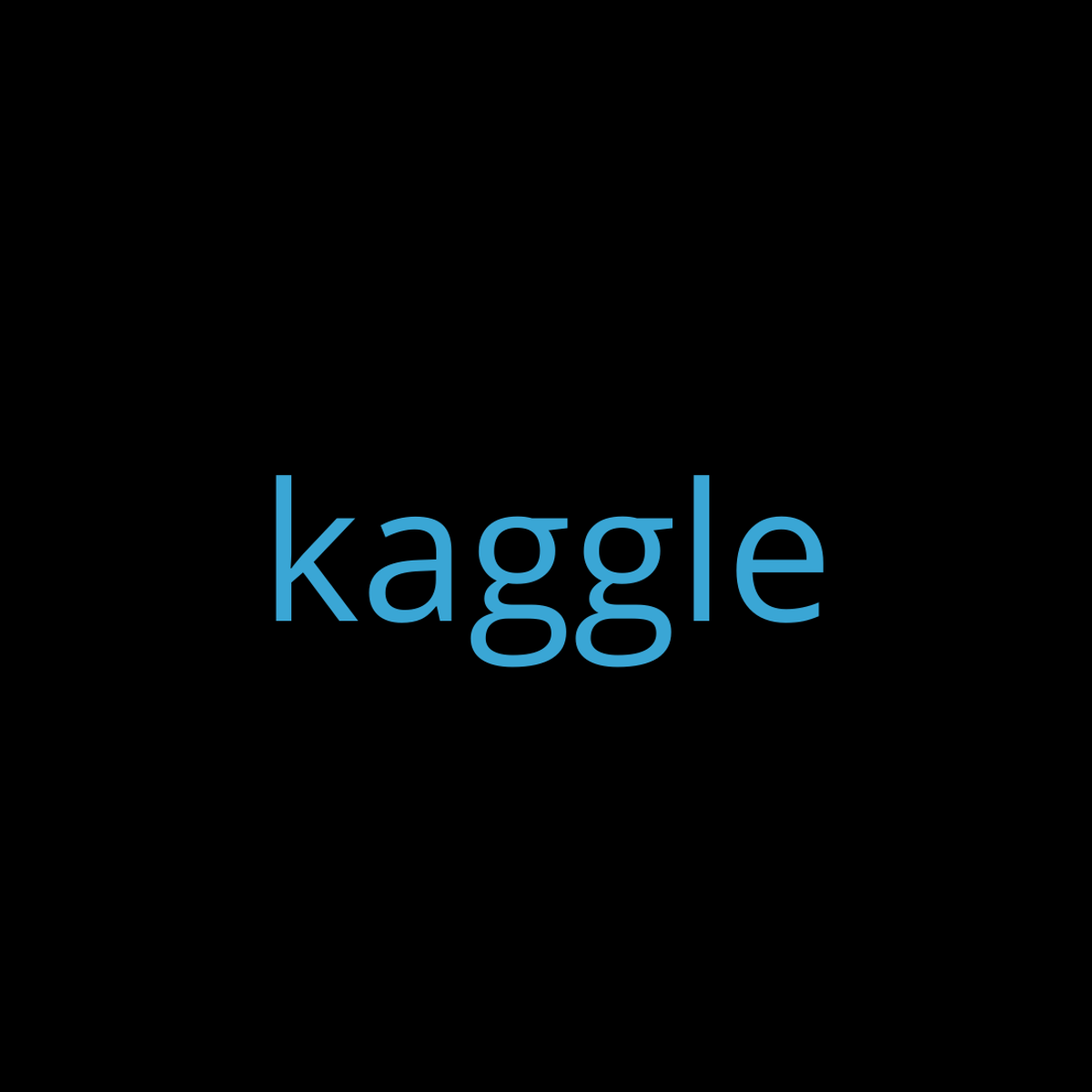
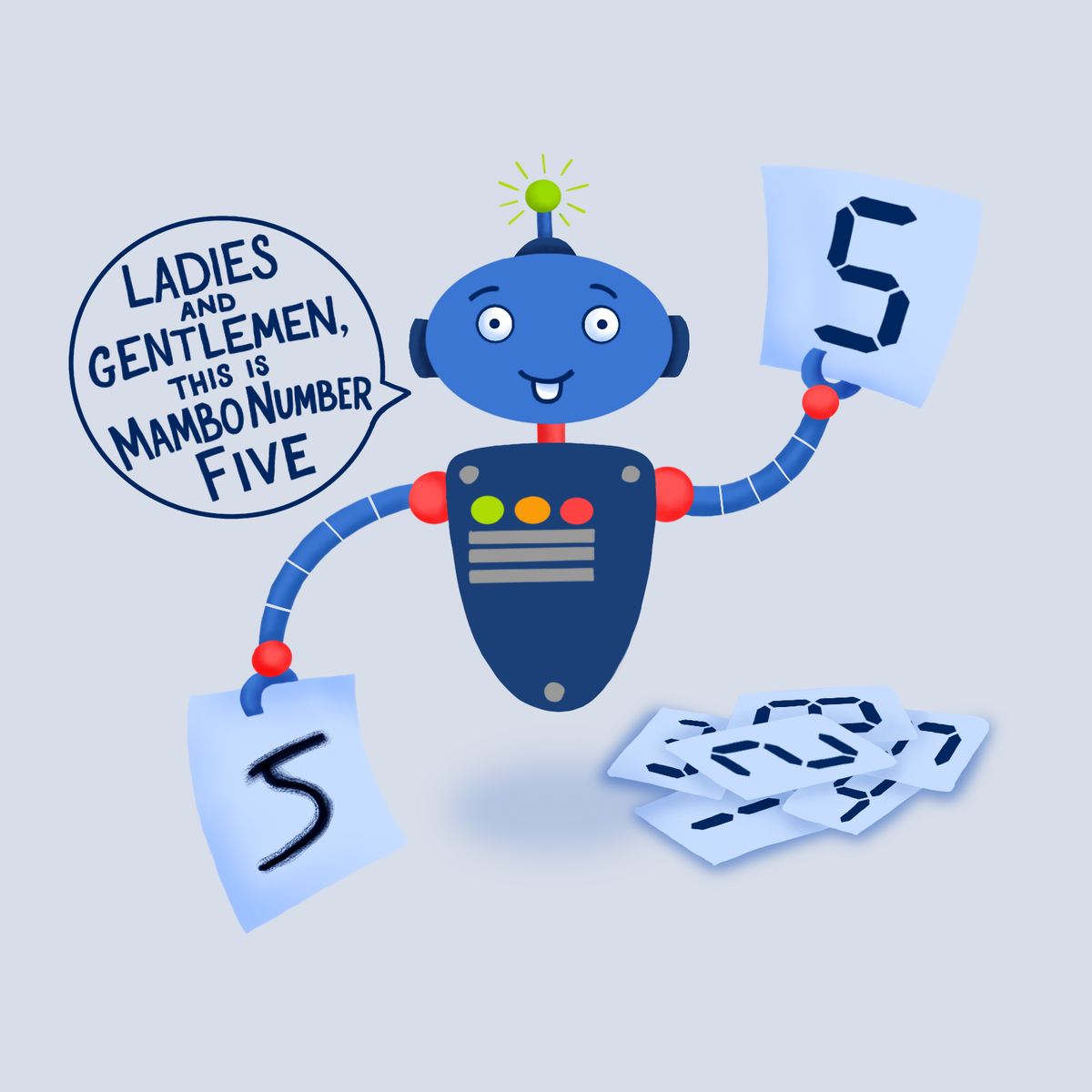
Machine Learning Courses - Page 40
Showing results 391-400 of 485

Computer Simulations
Big data and artificial intelligence get most of the press about computational social science, but maybe the most complex aspect of it refers to using computational tools to explore and develop social science theory. This course shows how computer simulations are being used to explore the realm of what is theoretically possible. Computer simulations allow us to study why societies are the way they are, and to dream about the world we would like to live in. This can be as intuitive as playing a video game. Much like the well-known video game SimCity is used to build and manage an artificial city, we use agent-based models to grow and study artificial societies. Without hurting anyone in the real world, computer simulations allow us explore how to make the world a better place. We play hands-on with several practical computer simulation models and explore how we can combine hypothetical models with real world data. Finally, you will program a simple artificial society yourself, bottom-up. This will allow you to feel the complexity that arises when designing social systems, while at the same time experiencing the ease with which our new computational tools allow us to pursue such daunting endeavors.

Artificial Intelligence for Breast Cancer Detection
The objective of this course is to provide students the knowledge of artificial intelligence processing approaches to breast cancer detection. Students will take quizzes and participate in discussion sessions to reinforce critical concepts conveyed in the modules. Reading assignments, including journal papers to understand the topics in the modules, will be provided.
The course is designed for students who are interested in the career of product development using artificial intelligence and would like to know how AI can be applied to mammography. The course content is focused on the AI processing paradigm along with the domain knowledge of breast imaging.
This course approach is unique, providing students a broad perspective of AI, rather than homing in on a particular implementation method. Students who complete this course will not only leverage the knowledge into an entry level job in the field of artificial intelligence but also perform well on projects because their thorough understanding of the AI processing paradigm.

Get Familiar with ML basics in a Kaggle Competition
In this 1-hour long project, you will be able to understand how to predict which passengers survived the Titanic shipwreck and make your first submission in an Machine Learning competition inside the Kaggle platform. Also, you as a beginner in Machine Learning applications, will get familiar and get a deep understanding of how to start a model prediction using basic supervised Machine Learning models. We will choose classifiers to learn, predict, and make an Exploratory Data Analysis (also called EDA). At the end, you will know how to measure a model performance, and submit your model to the competition and get a score from Kaggle.
This guided project is for beginners in Data Science who want to do a practical application using Machine Learning. You will get familiar with the methods used in machine learning applications and data analysis.
In order to be successful in this project, you should have an account on the Kaggle platform (no cost is necessary). Be familiar with some basic Python programming, we will use numpy and pandas libraries. Some background in Statistics is appreciated, like as knowledge in probability, but it’s not a requirement.

Optimize ML Models and Deploy Human-in-the-Loop Pipelines
In the third course of the Practical Data Science Specialization, you will learn a series of performance-improvement and cost-reduction techniques to automatically tune model accuracy, compare prediction performance, and generate new training data with human intelligence. After tuning your text classifier using Amazon SageMaker Hyper-parameter Tuning (HPT), you will deploy two model candidates into an A/B test to compare their real-time prediction performance and automatically scale the winning model using Amazon SageMaker Hosting. Lastly, you will set up a human-in-the-loop pipeline to fix misclassified predictions and generate new training data using Amazon Augmented AI and Amazon SageMaker Ground Truth.
Practical data science is geared towards handling massive datasets that do not fit in your local hardware and could originate from multiple sources. One of the biggest benefits of developing and running data science projects in the cloud is the agility and elasticity that the cloud offers to scale up and out at a minimum cost.
The Practical Data Science Specialization helps you develop the practical skills to effectively deploy your data science projects and overcome challenges at each step of the ML workflow using Amazon SageMaker. This Specialization is designed for data-focused developers, scientists, and analysts familiar with the Python and SQL programming languages and want to learn how to build, train, and deploy scalable, end-to-end ML pipelines - both automated and human-in-the-loop - in the AWS cloud.

AI Capstone Project with Deep Learning
In this capstone, learners will apply their deep learning knowledge and expertise to a real world challenge. They will use a library of their choice to develop and test a deep learning model. They will load and pre-process data for a real problem, build the model and validate it. Learners will then present a project report to demonstrate the validity of their model and their proficiency in the field of Deep Learning.
Learning Outcomes:
• determine what kind of deep learning method to use in which situation
• know how to build a deep learning model to solve a real problem
• master the process of creating a deep learning pipeline
• apply knowledge of deep learning to improve models using real data
• demonstrate ability to present and communicate outcomes of deep learning projects

Introduction to Parallel Programming with CUDA
This course will help prepare students for developing code that can process large amounts of data in parallel on Graphics Processing Units (GPUs). It will learn on how to implement software that can solve complex problems with the leading consumer to enterprise-grade GPUs available using Nvidia CUDA. They will focus on the hardware and software capabilities, including the use of 100s to 1000s of threads and various forms of memory.

Connecting Rasa Chatbot to External Platforms
In this 1-hour long project-based course, you will learn how to connect Rasa Chatbot to external platforms. We will first look at enable a encrypted connection (HTTPS) using a proxy server from Ngrok. We will then look at how to connect to Facebook Messenger using Facebook Developer Account. We will look at how to create custom buttons like quick replies and Carousel Cards for listing elements.
We will then move on to look at how to connect the chatbot to Telegram and how to customize buttons and add attachments to a response. Finally, we will also look like how to integrate the bot on the business communication platform Slack. By the end of the project, you will be able to connect your chatbot to external users on public platforms.
Note: This course works best for learners who are based in the North America region. We’re currently working on providing the same experience in other regions.

Machine Translation
Welcome to the CLICS-Machine Translation MOOC
This MOOC explains the basic principles of machine translation. Machine translation is the task of translating from one natural language to another natural language. Therefore, these algorithms can help people communicate in different languages. Such algorithms are used in common applications, from Google Translate to apps on your mobile device.
After taking this course you will be able to understand the main difficulties of translating natural languages and the principles of different machine translation approaches. A main focus of the course will be the current state-of-the-art neural machine translation technology which uses deep learning methods to model the translation process. You will be able to decide which concepts fit your machine translation application best.
This course is taught by Prof. Dr. Alexander Waibel (http://isl.anthropomatik.kit.edu/english/21_74.php) and Assistant Professor Dr. Jan Niehus (https://www.maastrichtuniversity.nl/jan.niehues).

Getting Started with Kaggle
In this guided project, you will explore Kaggle Competitions, Kaggle Datasets, Kaggle Notebooks which is a cloud-based coding environment, Kaggle Discussion forum and Kaggle Courses.
We will begin this course by creating a Kaggle account. We will then explore Kaggle competitions, the prize money and how to participate in them. We will focus primarily on the legendary Titanic Machine learning competition. We will explore Kaggle datasets. We will also explore Kaggle Notebooks which is a cloud-based coding environment. We will also explore the awesome “Copy and Edit” feature from Kaggle notebooks that enables us to work on and improvise on the work of others. In the final tasks, we will explore the Kaggle community discussion forum and explore the theoretical and practical sections of Kaggle courses.
By the end of this project, you will be confident in using Kaggle for your data science and machine learning needs.

Basic Image Classification with TensorFlow
In this 2-hour long project-based course, you will learn the basics of using Keras with TensorFlow as its backend and use it to solve a basic image classification problem. By the end of this project, you will have created, trained, and evaluated a Neural Network model that will be able to predict digits from hand-written images with a high degree of accuracy. You also will have learned the fundamentals of neural networks, TensorFlow, and Keras.
Note: This course works best for learners who are based in the North America region. We’re currently working on providing the same experience in other regions.
Popular Internships and Jobs by Categories
Find Jobs & Internships
Browse
© 2024 BoostGrad | All rights reserved